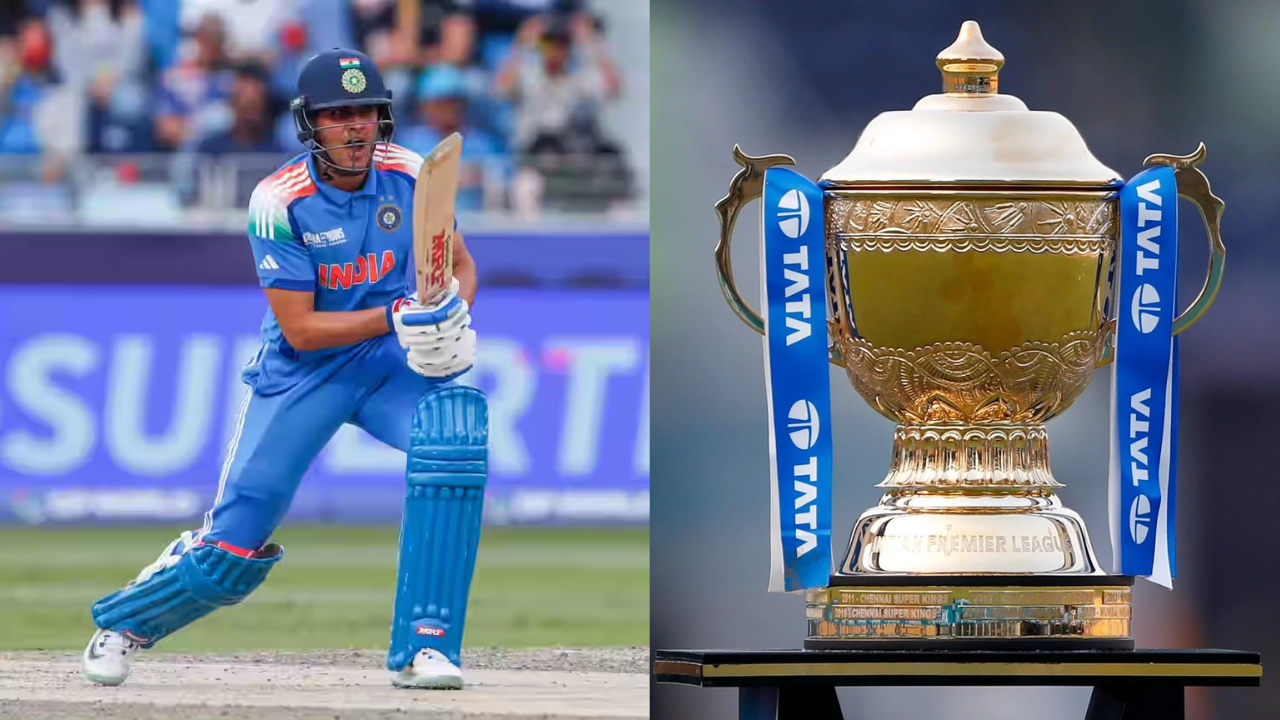
The Indian Premier League stands as a T20 colossus, drawing global talent and serving as a potential springboard for players eyeing India’s T20I squad, including for prestigious tournaments like the Asia Cup. However, its role as a definitive benchmark for national selection has sparked debate, with compelling arguments on both sides.
The IPL stage of high-stakes matches, packed arenas, and relentless media focus closely mimics international cricket’s intensity. Stellar performances, whether piling up runs or picking wickets in clutch moments, signal a player’s readiness for the global stage. Players like Jasprit Bumrah, Hardik Pandya, Varun Chakaravarthy, and Mayank Yadav catapulted into India’s T20I team through dazzling IPL showings, underscoring the league’s talent-spotting prowess. Emerging stars such as Yashasvi Jaiswal and Rinku Singh have used the IPL to prove their mettle against pace, spin, and pressure.
The IPL’s globalised setup, featuring international stars and diverse conditions, sharpens players’ adaptability. Its analytics-driven framework, tracking metrics such as strike rates and economy rates in particular phases, equips selectors with precise data to assess potential. Unlike domestic circuits, the IPL’s spotlight ensures standout performances are rarely missed, making it a vital tool for identifying international contenders.
Also Read: India vs Pakistan: A Rivalry Losing Its Spark on the Cricket Field
Yet, the IPL’s franchise model, geared towards entertainment and team victories, does not always align with the demands of international cricket. Players may shine in specialised roles, such as death-overs slogging or phase-specific bowling, but lack the versatility T20Is often require. Take Rinku Singh: his T20I stats (average 42, strike rate 161 over 24 innings) suggest international quality, yet his modest IPL returns (averages of 18 and 29 over two seasons) could jeopardise his Asia Cup prospects if selectors lean heavily on IPL form.
The IPL’s batsman-friendly pitches and compact boundaries can inflate batting numbers while exposing bowlers to tougher international conditions. Shubman Gill’s IPL exploits (890, 426, and 650 runs over three seasons at a 150+ strike rate) make him a tempting pick, but with India’s top order, Abhishek Sharma, Sanju Samson, and Tilak Varma, seemingly set, selectors face a dilemma about disrupting a winning combination.
The IPL’s brief two-month span often rewards short-term brilliance over enduring consistency, unlike the Syed Mushtaq Ali Trophy, which offers a longer evaluation window, though it lacks the IPL’s competitive edge. Moreover, the IPL’s commercial tilt can marginalise players, with overseas stars or big names hogging opportunities, potentially eclipsing good domestic talent.
The IPL is a potent but imperfect metric for T20I selection. It excels at unearthing talent and testing pressure-handling skills but struggles to assess adaptability and sustained excellence across international conditions. As the Ajit Agarkar-led selection committee meets on 19 August, they must balance IPL performances with domestic and T20I records, where India have won 17 of their last 22 matches, to build a formidable Asia Cup squad.
For all sports updates, follow RevSportz




